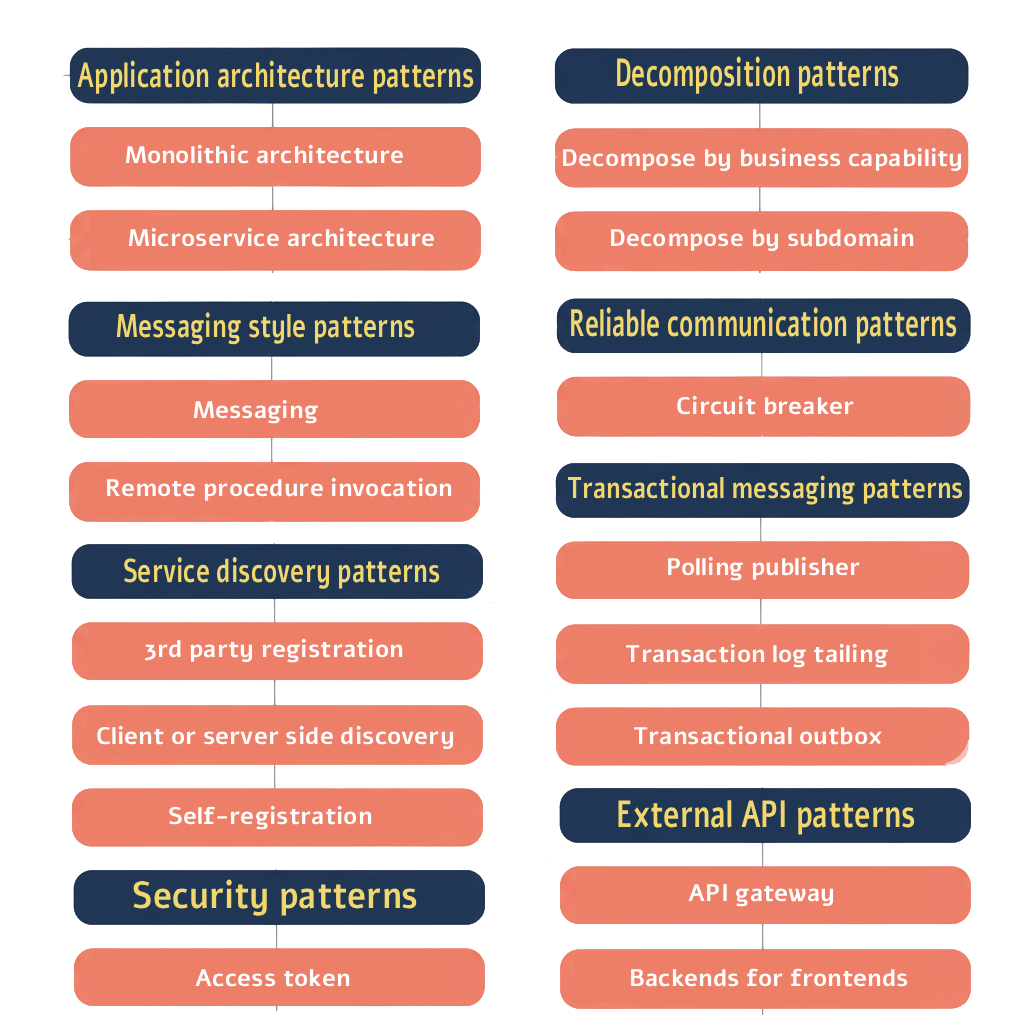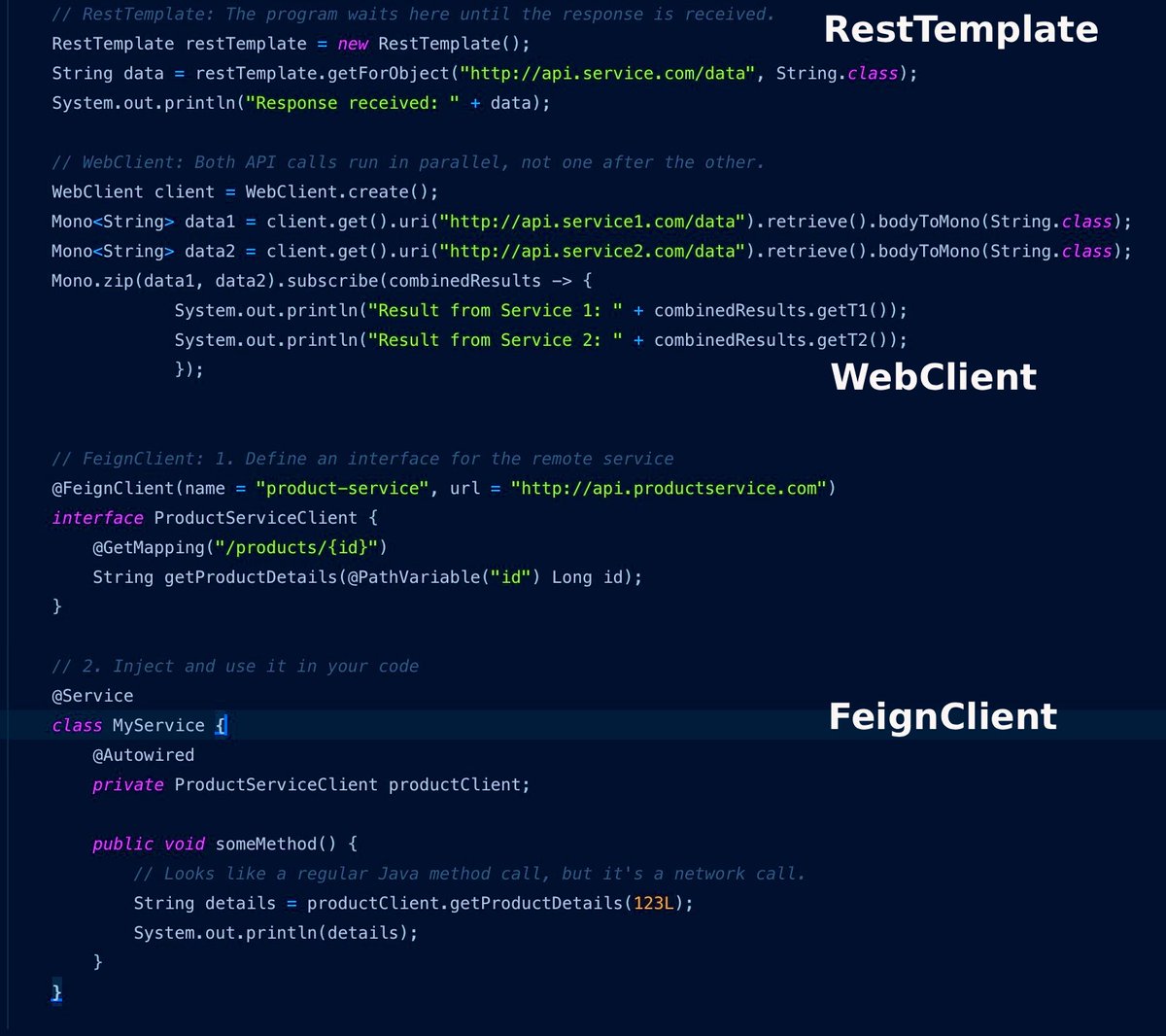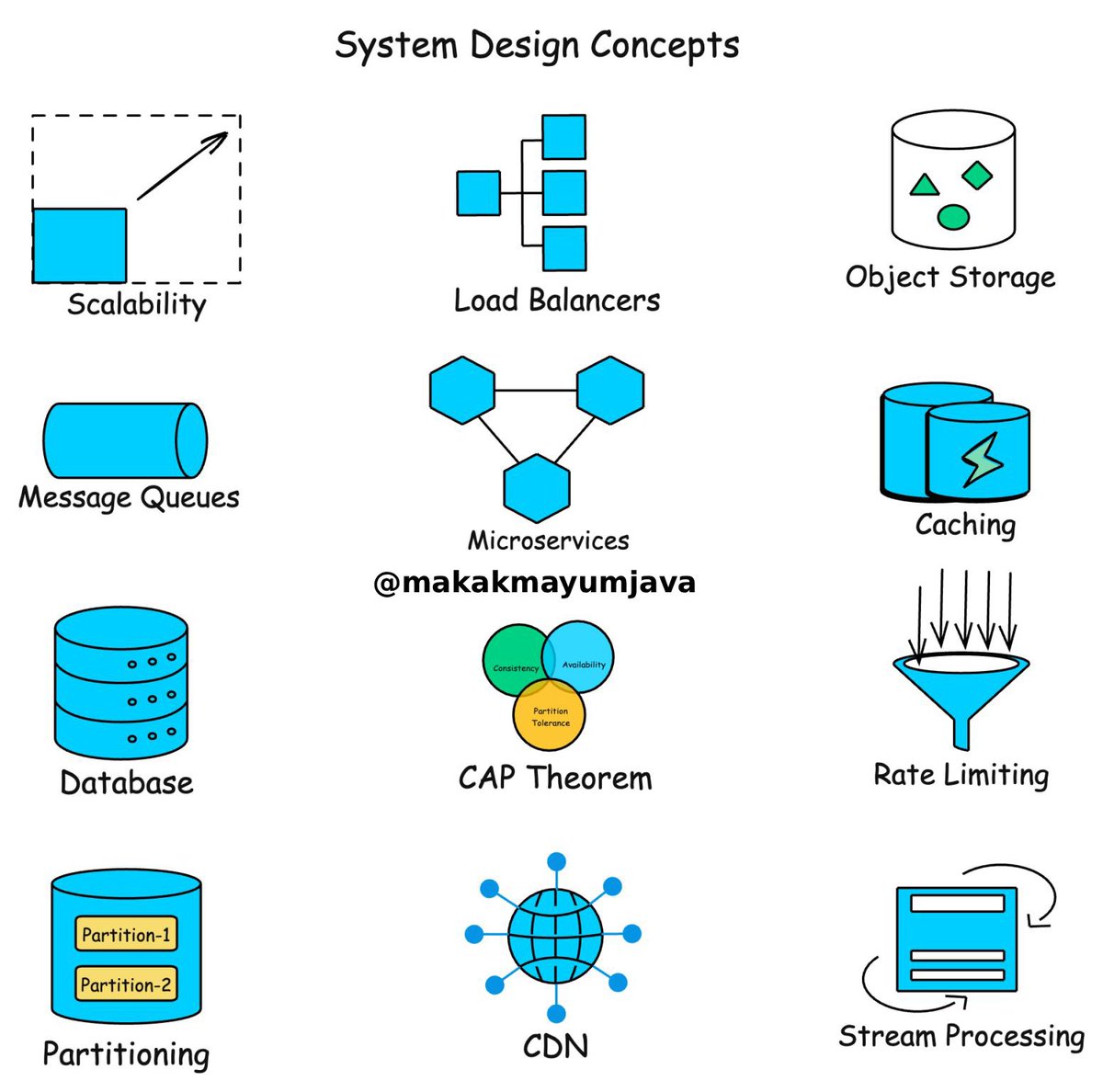
Java Interviewer-Makakmayum
@makakmayumjava
A Java+Microservices+System design interviewer's diary | I post scenario based questions asked in real interviews | Married to @arsenal
คุณอาจชื่นชอบ
If you are a backend engineer, you have to understand SOLID principle without any exception. I have received multiple dms asking me to explain it in an understandable way. So here we go. Save this, you'll thank me later. SOLID is a set of five design principles that help…
Java/Backend interview Scenario-Based Question on Distributed lock: You design a critical service, say order processing, that runs on multiple instances in Kubernetes. To prevent a race condition where two instances process the same order, you implement a distributed lock using…
Java/backend interview question: Recently AWS had outages in US-EAST-1 region. How would you architect a Microservice's deployment and surrounding infrastructure to ensure it can survive the failure of a single instance, a database failure, or even the failure of an entire data…
As a software/backend engineer, knowing Microservice Communication Patterns helps you build scalable apps, helps you in system design interviews. I'm summarizing them here: REST (HTTP) →simple and synchronous →stateless operations →JSON/XML formats →easy debugging gRPC…
One of the most important concepts: Idempotency for Java/Backend engineers: Short Question: How would you define idempotency, and what makes it a critical concept for Microservices? Scenario based: A PaymentService exposes a POST /payments endpoint. Due to a network issue, a…
As a Java developer, master Concurrency, Parallelism, Multithreading, and Locking to build efficient, scalable applications: →Concurrency Fundamentals a. Task execution b. Shared resources c. Race conditions d. Deadlocks avoidance e. Livelocks detection f. Starvation prevention…
As a software engineer, learn below to master System Design and build scalable, reliable systems: →Fundamentals a. System components (clients, servers, databases, caches) b. High-level vs. low-level design c. CAP Theorem d. Consistency models (eventual, strong, causal) e. ACID…
As a Backend engineer, learn below to move beyond CRUD APIs: →Security a. Authentication & Authorization b. Cryptography c. Encryption Algorithms d. OWASP Top 10 e. SIEM, IDS, IPS, etc. f. misc: OAuth 2.0, JWT, etc. g. CORS h. Security headers(CSP, HSTS…
As a Java/Backend engineer, learn these properly to be a better engineer instead of trying to learn every new fancy tech or a language: To organize data efficiently: Data Structure To optimize problem solving: Algorithms To protect data endpoints: API Security To enable…
For AWS US east outage issue, below post tells why we need to consider between Consistency and Availability as network Partition is a fundamental part of life in a distributed system and we have to sacrifice either C or A in most cases.
Java/Backend interview scenario based question on CAP(Consistency, Availability, Partition) theorem: You're a lead architect for Uber. Core functionality relies on a distributed system that tracks driver locations and ride availability in real-time. To ensure low latency, this…

As a Java/backend developer, knowing Microservices patterns is mandatory to be a better developer and also to perform better in any interview. I am providing an exhaustive list of the PATTERNS available in Microservices. Save them, learn them, as a developer when you learn these…

Java/Microservice interview question: ⇒How to debug and Optimize a Slow Microservice Due to External API Calls? 1. Diagnose and Confirm (Don't Guess) → confirm the external API is the true bottleneck. → Tracing: Use distributed tracing (Telemetry or Zipkin) to measure the…

Most important Springboot annotations that are used the most and also asked the most during interviews: ⇒Core Spring Boot Annotations → @ SpringBootApplication: Combines @ Configuration, @ EnableAutoConfiguration, and @ ComponentScan Entry point for a Spring Boot app → @…

Java/Springboot interview question: Question: To build a fast API, you must fetch data from multiple microservices in parallel. How does this requirement influence your choice between RestTemplate, WebClient, and a Feign Client? RestTemplate: Best for a simple, blocking script…

In an actual Java interview, asking a simple question like below doesn't actually test in-depth knowledge of a candidate. So a scenario is introduced to check the same. Short Question: How can you force three threads—T1, T2, and T3—to execute in a specific sequence, one after…

Java interview scenario based questions on Exceptions: Short Question 1: Can a static block throw an exception? Scenario based: You have a class that initializes a critical static resource in a static block. This initialization process might fail and throw an exception. What…

As a Java/backend engineer, at one point these system design concepts become inescapable. Understand these concepts properly to be a better engineer and also to perform better during interviews: → APIs (Application Programming Interfaces): A set of rules and protocols that…

Scenario based question of an actual Java/Springboot interview: Within a controller class, a service method annotated with the @Transactional annotation is being called. This method not only saves the entity but also sends two emails: one to the admin and another to the…
United States เทรนด์
- 1. Dick Cheney 12.2K posts
- 2. Today is Election Day 2,864 posts
- 3. Good Tuesday 24.2K posts
- 4. Rolex 15.2K posts
- 5. George W. Bush 6,803 posts
- 6. #WeTVAlwaysMore2026 1.38M posts
- 7. GO VOTE 66.8K posts
- 8. #Election2025 2,067 posts
- 9. iPads N/A
- 10. Hogg 6,633 posts
- 11. Jonathan Bailey 43.5K posts
- 12. Comey 92.6K posts
- 13. Nick Smith Jr 14.9K posts
- 14. Jake Paul 5,690 posts
- 15. #LakeShow 3,493 posts
- 16. Kawhi 4,821 posts
- 17. Ben Shapiro 71.9K posts
- 18. Kyler 9,094 posts
- 19. Burry 8,516 posts
- 20. Jerry Jones 9,176 posts
คุณอาจชื่นชอบ
-
 Arsenalmav
Arsenalmav
@arsenalmav -
 Patiz
Patiz
@KiburuPatrick -
 LeftyLewy
LeftyLewy
@leftylewy -
 Arsenal forever
Arsenal forever
@eesaislam6 -
 Gunnerops
Gunnerops
@bismarckops -
 Paul
Paul
@pthorpe1011 -
 The Good Shepherd
The Good Shepherd
@oriental_peace -
 Dennis Brown
Dennis Brown
@DennisB93211113 -
 Abdul halim
Abdul halim
@phoondrei -
 One Nil To The Arsenal
One Nil To The Arsenal
@JigsawTLOo -
 Mayur
Mayur
@Mayur04033364 -
 shay
shay
@GovenderShayur -
 mohoyo01
mohoyo01
@mohoyo01 -
 Frank Krass
Frank Krass
@FrankKrass
Something went wrong.
Something went wrong.







































































